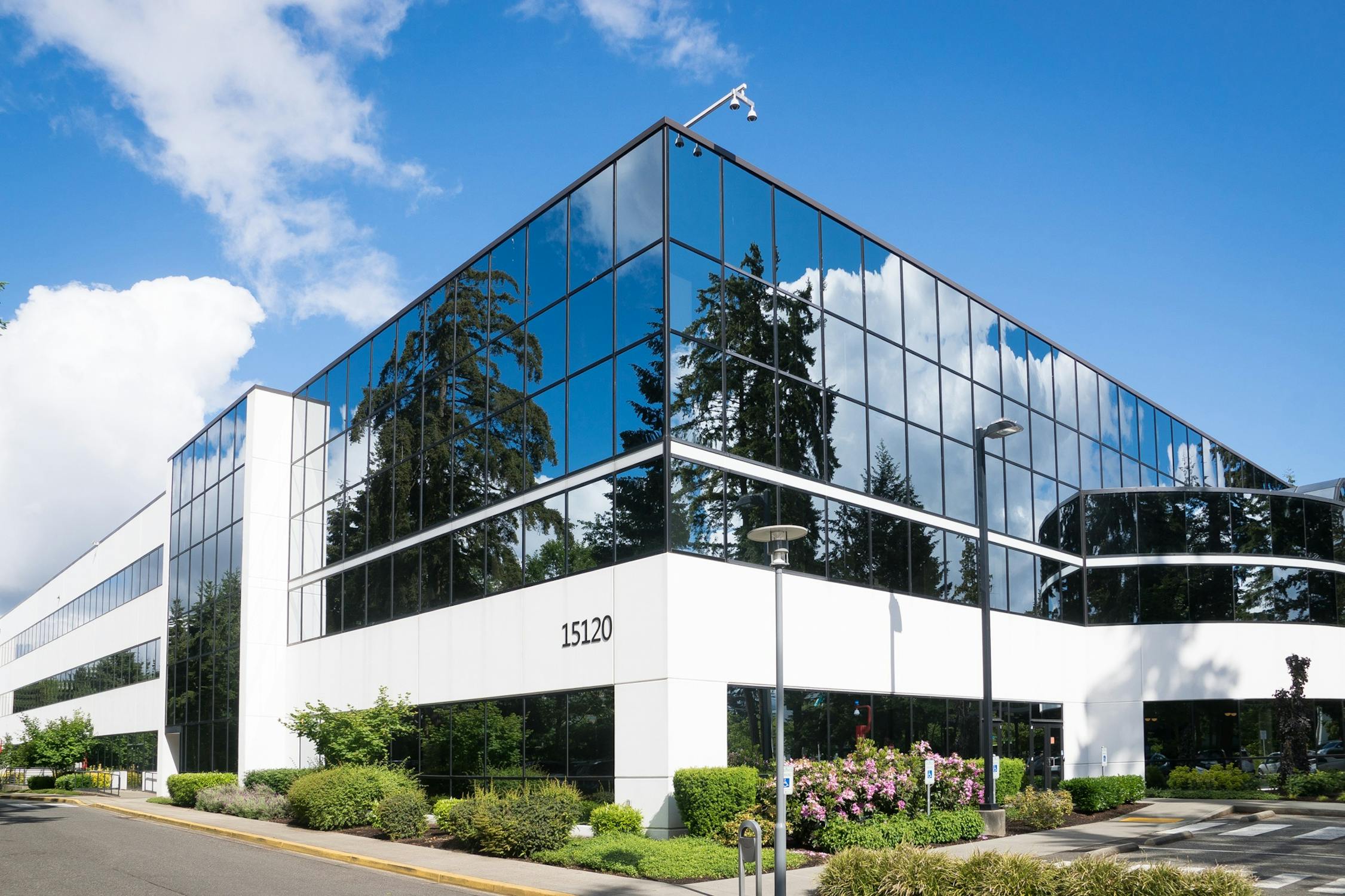Commercial Mixing Machines and Large Tank Mixers
An industrial large tank mixer is a device used to mix liquids, granules, as well as other solids in large storage tanks. This equipment can be mounted directly on top or sealed. Its effectiveness is contingent on the amount of horsepower required by the mixing system.
The mixing device could comprise just one impeller or an array of impellers dependent on the type of liquid to be mixed. A single impeller mixer can produce an output flow that is equal to its input flow. A set of impellers can produce an output flow that is higher than the flow of its input. In this way, the mixer could be used to achieve an effective pumping action.
There are three kinds of mixers that include turbine, dual motion and sweep. Each mixer has its own design. The mixers can be set at a specific speed and the blade's diameter can be adjusted to allow for the necessary discharge.
A manufacturer should take into consideration the number of mixers that it will put in when choosing the mixer. The swiping motion at the tank's perimeter will be more if there are more mixers. In addition, the more mixers the greater the velocity profiles can be created in the vertical direction of the tank.
Other variables that affect flow patterns inside a tank include the number of mixers as well as the tank's size. A variety of simulations were run to study the flow patterns. Commercial CFD software was used to study the flow and the effect it has on the velocity of the mixture inside the tank.
Simulations were conducted in two different layouts: a layer of heavy crude at the bottom, and an upper layer of light crude on the top. The densities of the mixture on different planes were determined in each instance. After the simulations were completed the amount of time required to complete homogenization within the tank was calculated.
The standard for homogenisation was defined as the difference in density between the two cross sections of the tank not exceeding one kilogram per cubic meters. The results indicated that a mixer can help to achieve a greater flow rate for a more even mixing of the mixture in the tank. A mixer with a small blade diameter and a high speed will create more pressure than a mixer with an extensive blade diameter and a slower speed.
The report on the Industrial Large Tank Mixer Market is divided into four segments that will help you better know the market. Each segment is based on the region, the kind of product, the manufacturer and the applications. It provides a complete overview of the competitive landscape. The major players in the world market are examined and their strategies are presented. The Industrial Large Tank Mixer Market Report also contains current trends, forecasts for the future, tables and figures.
Additional Resources:

